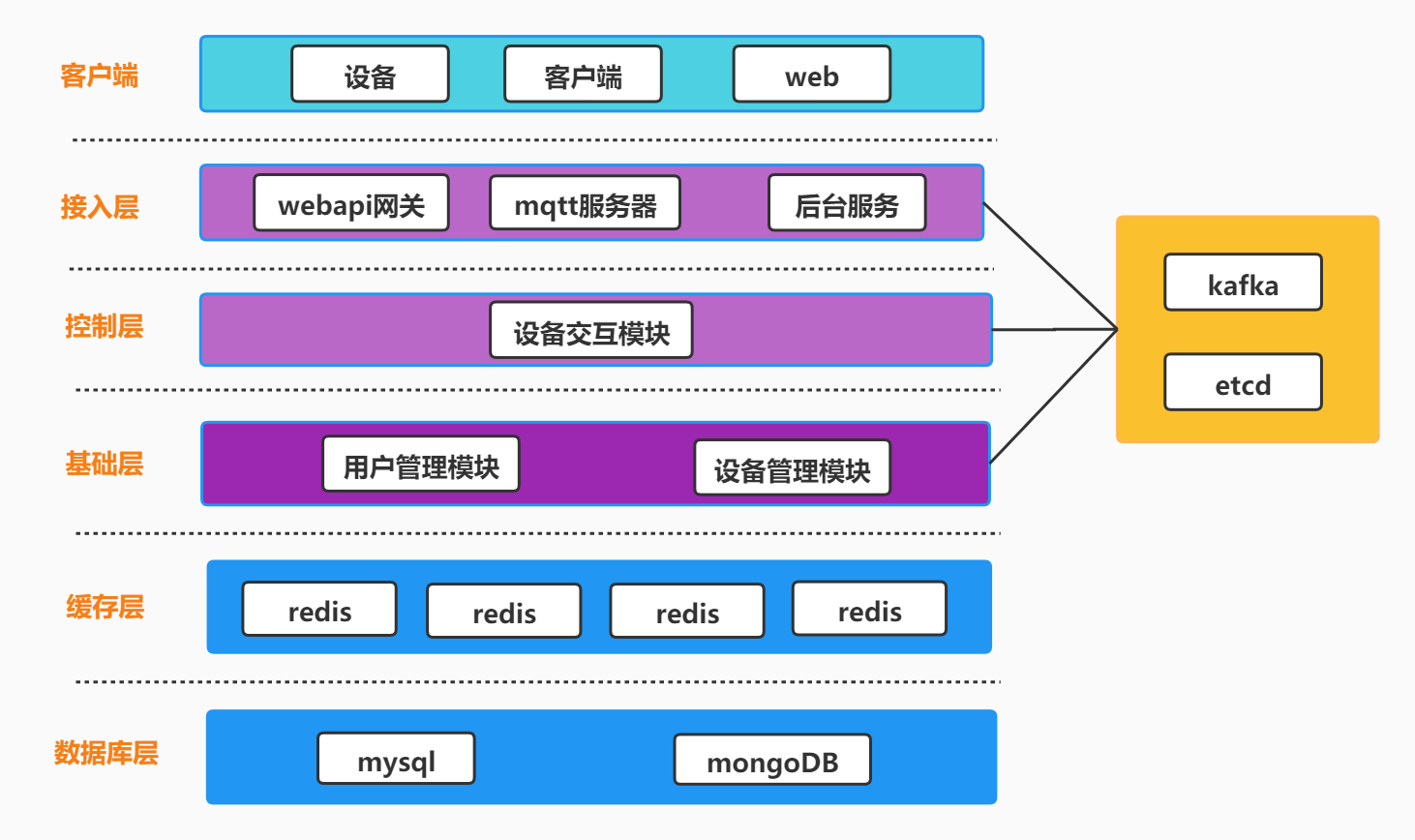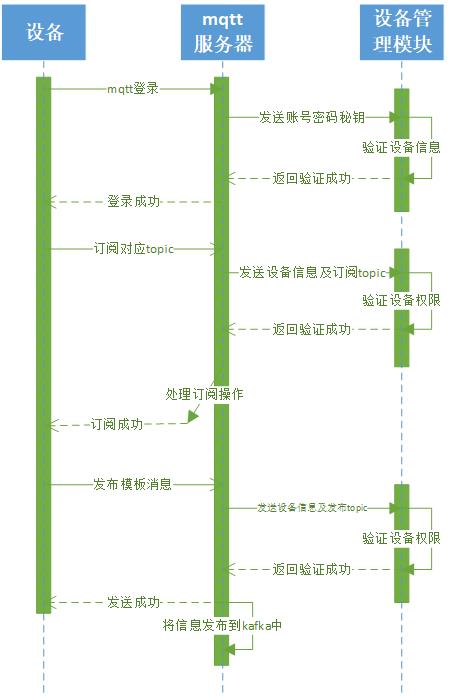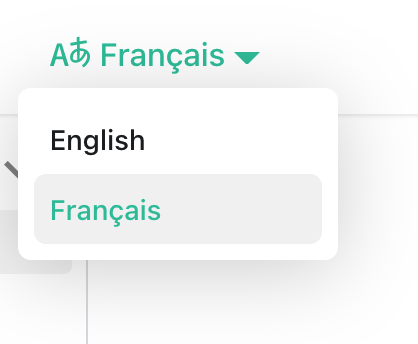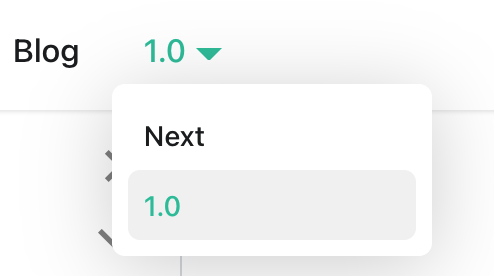简介
依照腾讯云物联网平台打造,无缝迁移,基于go-zero框架,目前支持mqtt协议,支持数据模板检验,日志记录,数据流转,实时数据反馈,低代码数据流转,用户及设备互联互通.使用了kafka,redis,mysql,MongoDB,etcd开源框架.
gitee地址:https://gitee.com/go-things/things
github地址:https://github.com/go-things/things
我的微信:17052709767
欢迎大家的加入

软件架构
软件架构说明

设备接入流程图

目录说明
- doc:该项目的文档都放在这里
- shared:所有该项目及其他项目所公用的代码都放在这里
- src:存放了所有服务的源码
安装教程
环境依赖安装
在go-things中依赖mongodb,mysql,redis,etcd,kafka,zookeeper
- 在初始目录中提供了docker-compose文件,如果安装好了docker及docker-compose可以直接 docker-compose up 即可更新
- 如果都没有安装则sudo ./init.sh即会安装docker及docker-compose及第三方依赖
- 然后将db中的sql导入mysql中即可
服务运行
- 进入src目录进入对应的服务
- 修改etc目录下的配置文件将对应的依赖改为本地的ip地址
- 直接go build即可享受
参与贡献
- Fork 本仓库
- 新建 Feat_xxx 分支
- 提交代码
- 新建 Pull Request




